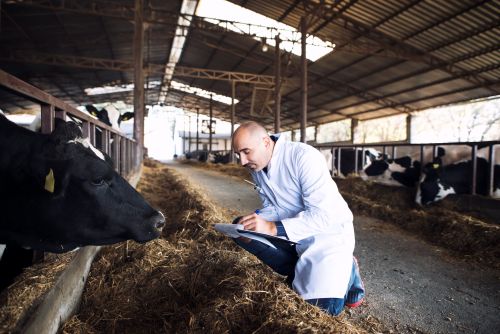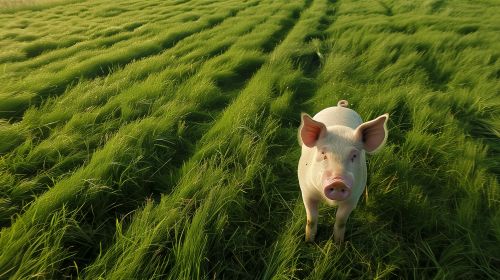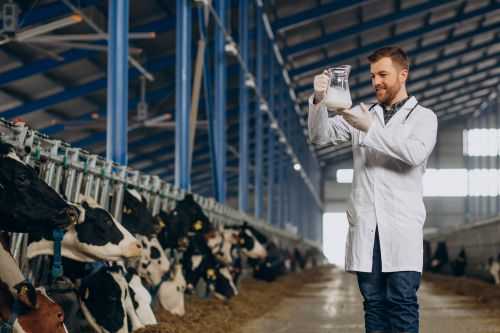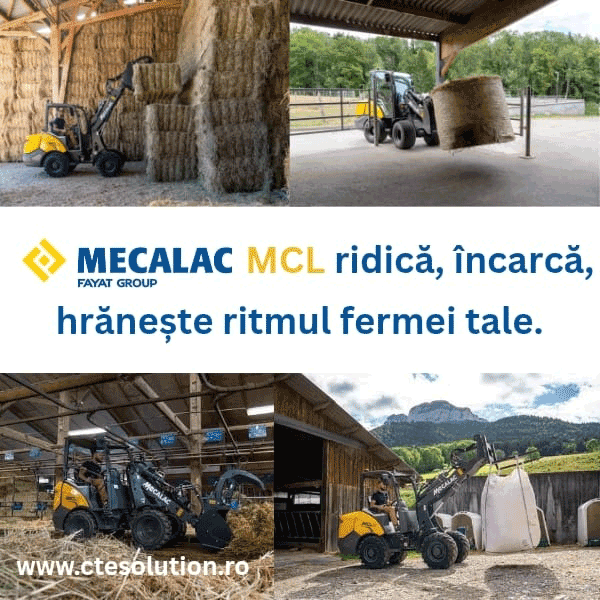
Solar parks and agriculture don't have to be placed on separate fields. It is possible to combine both functions on the same plot, according to researchers from Wageningen University & Research and Renergize Consultancy, cited by FutureFarming.
The researchers outline these conclusions in their position paper Producing food and electricity on the same square meter - Researchers see a future for agricultural solar parks, but also challenges. This new concept offers opportunities but also requires new knowledge, as well as modified legislation and regulations.
So far, solar parks in the Netherlands have been almost exclusively single-purpose. The land is then used only for energy generation. This has led to growing societal opposition due to the inefficient use of space. Government policy also requires land designated for energy production to fulfill multiple functions.
Combining agriculture with solar panels
One possibility for this multi-functional land use is the combination of agriculture with solar panels. This results in agricultural solar parks, also known as agri-PV.
Examples include vertical solar panel arrays with grass or potatoes between them or partially transparent solar panels above fruit trees or berry crops.
In the position paper, researchers from Wageningen University & Research and Renergize Consultancy conclude that large-scale food and energy production on the same plot is indeed possible.
While the crop yield and energy production per hectare may decline somewhat compared to a single-purpose land, combined yields per hectare with agroPV are higher than growing crops and generating energy on two separate fields.
For instance, research with various crops in Germany has shown that the production of 1 hectare of agriculture and 1 hectare of solar park – thus 2 hectares in total – can be achieved on just 1.25 hectares with agroPV.
Not only benefits
However, more efficient land use doesn't always lead to a viable business case. "The focus on efficient land use is too narrow," says WUR researcher Frank de Ruijter, co-author of the position paper.
An agro-PV installation is more expensive than a regular solar farm, and the extra costs need to be recovered somehow. For the farmer, there can be both pros and cons. On one hand, a solar cover can offer protection during extreme weather; on the other, the shade created by the agro-PV system might lead to reduced yield.
To maximize both the harvest and the energy production, solar panels need to be tailored to the crop being grown, and sometimes changes in crop cultivation methods are required. Researchers expect to gain more insight into these aspects in the coming years.
Moreover, for the broad rollout of agro-PV, legislation should set clear guidelines for agricultural solar parks.
Higher investments in agro-PV
Due to the higher investments in agro-PV, the researchers also recommend a dedicated tariff for agro-PV within the subsidy schemes for large-scale solar projects.
Furthermore, since lands in agro-PV continue to be used for agriculture, all rights and obligations associated with agricultural lands should remain in effect, such as the Common Agricultural Policy (CAP) and fertilizer application rights.





